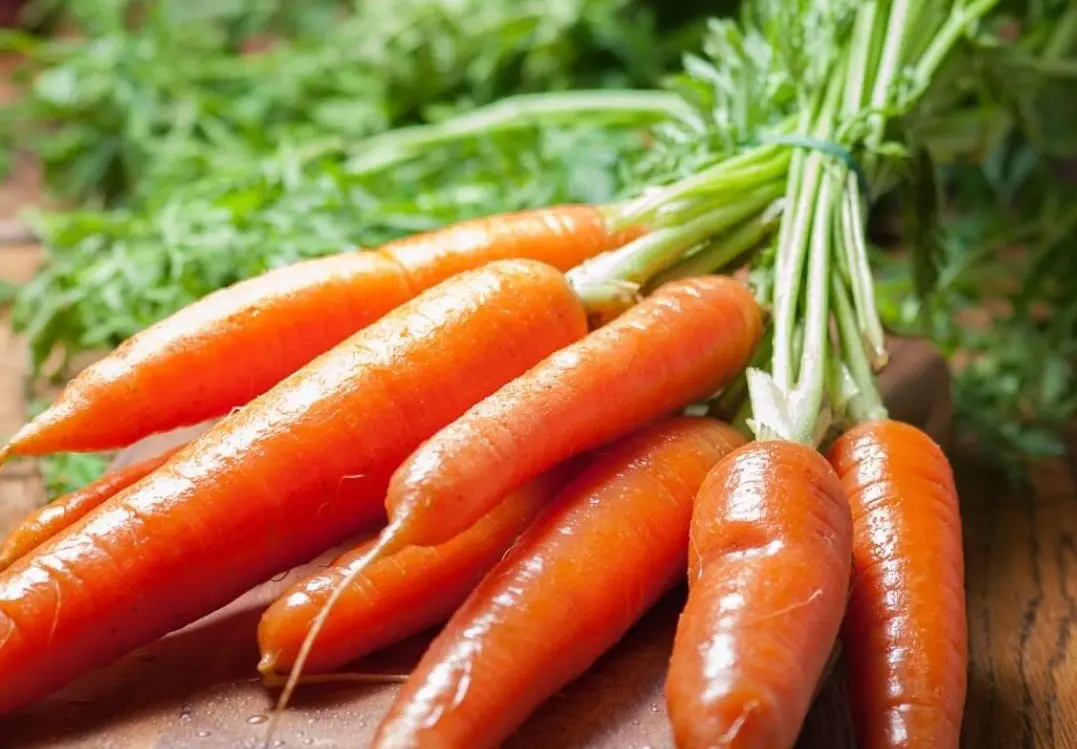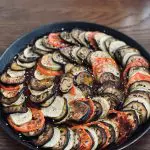Get The Most Out of Your Carrots from Backyard Eats
Harvesting Carrots
When It’s Ready
- Usually 60-80 days after sowing seeds
- You can start harvesting individual carrots as soon as they are big enough to eat
- You may leave them all to mature for a single harvest
- Generally the best harvest period lasts about 3 weeks (longer in cooler fall weather)
- Late June-December
How To
- Loosen the soil with a trowel
- Gently pull the carrot from the soil
- Watering the bed before harvesting softens the soil and makes pulling easier
- Avoid using a spading fork, as this can damage the roots
Growing Carrots
Carrots are a root vegetable with a sweet and slightly earthy flavor. They are a versatile ingredient that can be eaten raw or cooked in a variety of dishes. Raw carrots are often enjoyed as a snack, either on their own or with dips such as hummus or ranch. They can also be grated and used in salads, slaws, and sandwiches. Cooked carrots are commonly boiled, roasted, or steamed for soups or side dishes. They can also be used in stir-fries, stews, and casseroles.
Storing Carrots
Fresh Storage: Keep in an airtight bag in the fridge for 1-2 months.
Cut carrots may also be kept submerged in a container of cool water in the fridge to preserve freshness.
Long-Term Storage: To save harvested carrots for winter use, prepare them by twisting off the tops and removing excess soil, but don’t wash them. Pack in closed containers or bags for long-term storage. Store at 32°-41° F, 95-100% humidity.
Alternatively, store your fall carrot crop right in the garden by mulching the bed with several inches of dry leaves or straw!

Cooking With Carrots
- Roasted Carrots: Toss peeled and trimmed carrots with olive oil, salt, pepper, and your choice of seasonings like garlic powder or cumin. Roast in the oven until they are tender and caramelized for a flavorful and easy side dish.
- Carrot Soup: Sauté diced carrots with onions and garlic in a pot until they soften. Add vegetable broth, herbs, and spices of your choice, then simmer until the carrots are fully cooked. Blend the mixture until smooth and creamy, and serve as a comforting and nutritious soup.
- Carrot Salad: Grate or julienne carrots and toss them with a dressing made from olive oil, lemon juice, honey, and Dijon mustard. Add raisins, toasted nuts, or fresh herbs like parsley for additional flavor and texture.
- Glazed Carrots: Cook peeled and sliced carrots in a saucepan with a mixture of butter, brown sugar, and a splash of orange juice until they are tender and glazed. This sweet and savory side dish pairs well with roasted meats or as part of a holiday meal.
- Carrot Stir-Fry: Cut carrots into thin strips or matchsticks and stir-fry them with other vegetables like bell peppers, snap peas, and broccoli florets. Season with soy sauce, ginger, and garlic for a colorful and nutritious stir-fry.




